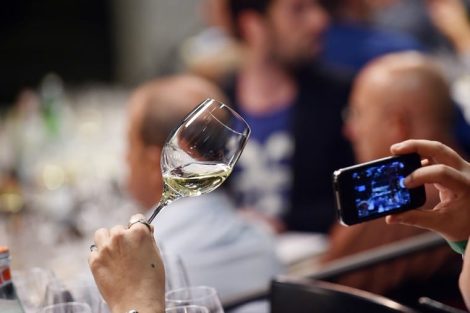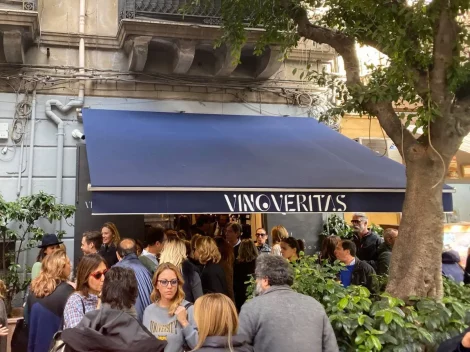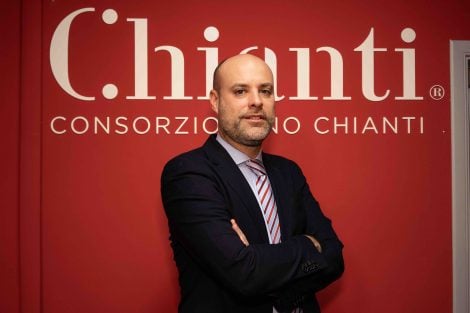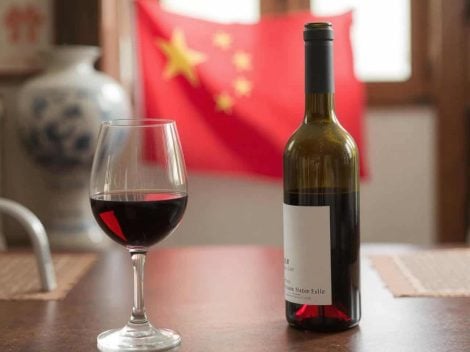From conquering America to capturing Gen Z. The Pinot Grigio delle Venezie DOC kicks off the year in pole position, ready to accelerate the pace of change. End-of-year figures back this up — bottled production is up by +3%, and certifications have increased by +8% compared to 2023 — but this is no longer enough. The new mission is to conquer the domestic market and appeal to younger palates. Albino Armani, president of the DOC delle Venezie consortium, is convinced of this. In this exclusive interview with Gambero Rosso, he reveals plans for the near future: low-alcohol wines and the use of resistant grape varieties. Progress is already underway on both fronts, but simply amending the regulations is not enough.
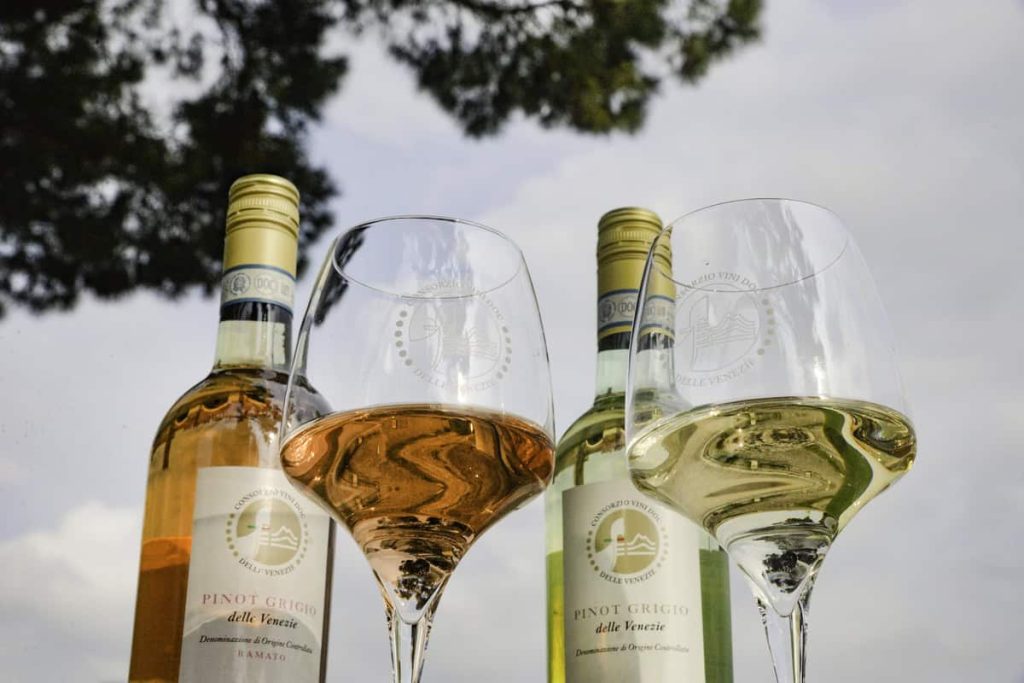
Let’s start with the numbers: a significant injection of optimism at a time when wine consumption is trending in the opposite direction. How do you explain this?
Certainly, it’s a reassuring figure that makes Pinot Grigio a counter-cyclical designation. What’s most interesting is that within that +3%, there’s already an advance in bottling (around 140,000 hectolitres) of the new vintage. This tells us there is a higher demand for the product and that last year’s quantities were insufficient to meet it.
In short, there isn’t enough Pinot Grigio in circulation?
Perhaps in previous years, we were more pessimistic than necessary. By implementing production management measures — such as freezing planting and storage — we fell short of demand. After all, Italy is the world’s largest producer of Pinot Grigio.
Even with increasing competition from Californian Pinot Gris…
This drives us not to rest on our laurels, but it’s also a sign of recognition. Italy discovered Pinot Grigio. The fact that Californians like it enough to invest in new vineyards tells us there’s a positive projection for consumption over the next twenty years. Long live Pinot Grigio, then. And may the best win!
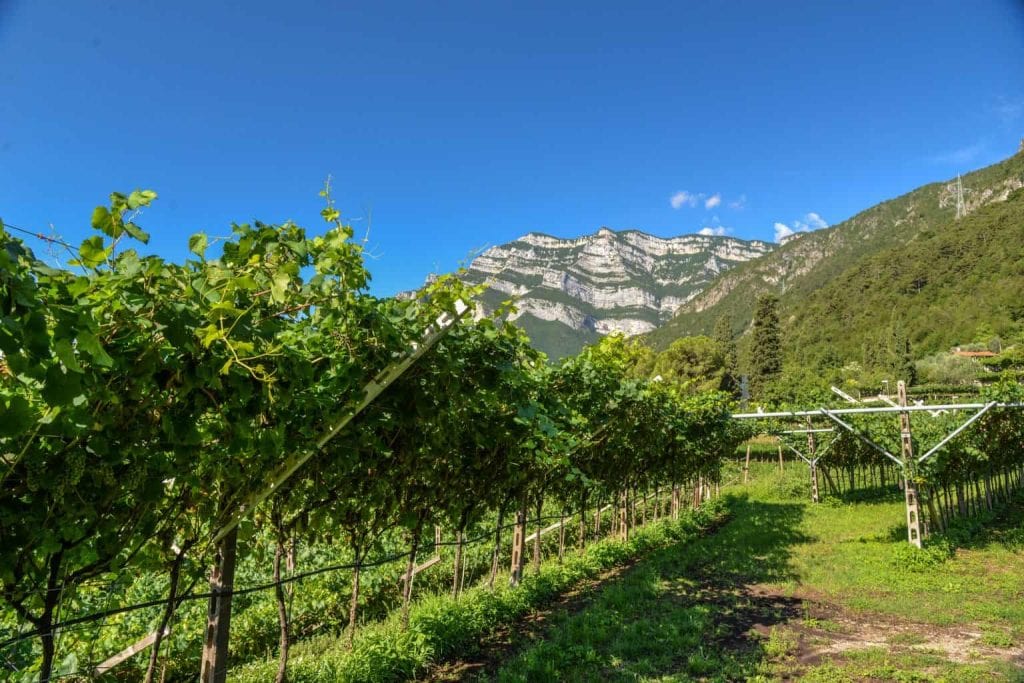
If Italy boasts production primacy, the consumption picture is rather skewed. When you say Pinot Grigio, the first thought is the American consumer. Is that still the case?
Numerically, North America accounts for over 45% of our exports. While key markets like the United Kingdom and Germany have stabilised over time, we have also started to diversify into new territories, focusing on Southeast Asia and, for the first time, South America.
Are you concerned about the tariffs announced by Trump?
Honestly, no. In fact, the current euro-dollar exchange rate is very favourable and has boosted orders. Whether this also ties to stockpiling in anticipation of potential tariffs, I couldn’t say. But we remain positive about the U.S. market.
What about Italy? How is it possible that in the main production market, sales remain capped at 10%?
It’s true: our country produces half of the world’s Pinot Grigio, yet paradoxically consumes the least of it. It’s clear that our wine needs to establish itself better in its place of origin. As a producer, I’ll admit some fault: perhaps the international success led our companies to settle into a trend that guaranteed consistent growth and profitability, losing sight of the domestic market. Going forward, we need to recalibrate and pay more attention to Italian consumers.
Beyond promotional campaigns, do you have a specific strategy in mind?
Yes, intercepting new market trends with concrete proposals. It’s true that Pinot Grigio, at least in the U.S., has a solid base of so-called boomers — consumers we intend to retain — but that’s no longer enough. This is why we plan to adopt precise measures. To do this, the regulations must be adjusted to reflect new consumption styles.
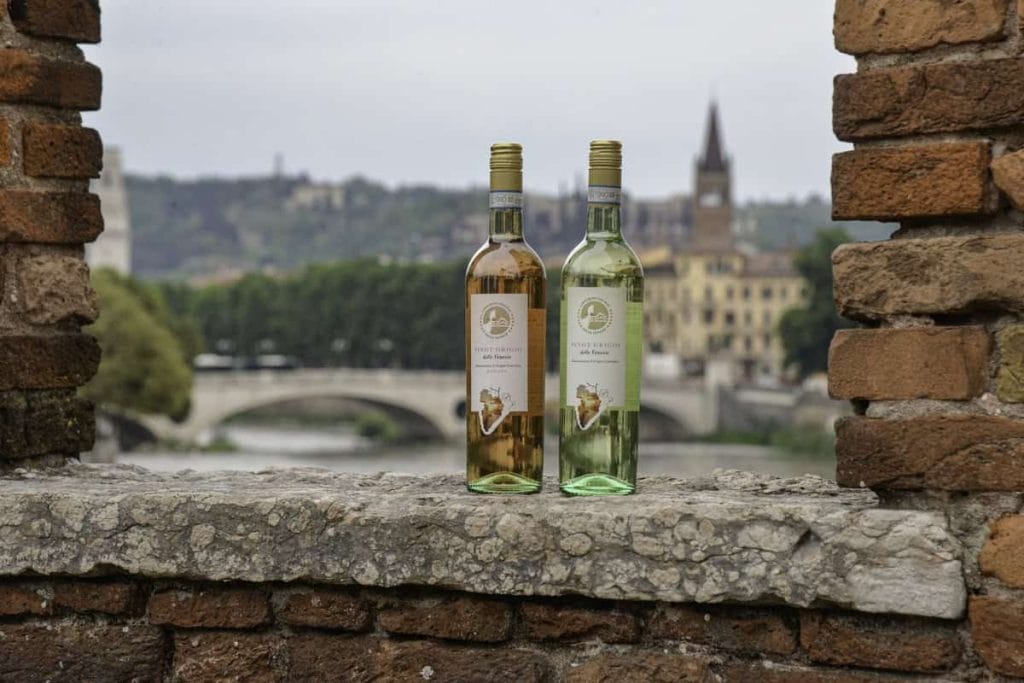
Let us guess: are we talking about low-alcohol wines?
Exactly. We already have the green light from the members’ assembly to introduce into the regulations a new category of Pinot Grigio with an alcohol content of 9 to 11 degrees (currently, the minimum is 11 degrees; editor’s note). This new category, with its own name, will complement the traditional version. Moreover, it will be a Pinot Grigio with fewer calories. The U.S. is already ahead on this. Will it succeed in Italy? We hope so. To be clear, we are talking about low-alcohol wines, not de-alcoholised wine, which does not pertain to DOC and IGT production.
You wouldn’t be alone, considering the other major player in the Northeast — Prosecco — has also announced the launch of a light version. Beyond regulations, will production processes need to be adapted to achieve a 9-degree wine?
Absolutely not. Many companies have already experimented with low-alcohol wines under the IGT classification, and we’ve seen that reducing alcohol content by two or three degrees is feasible simply by harvesting earlier, in mid-August. The characteristics differ from those of extended maturation, but they do not compromise the authenticity of the product. The low-alcohol Pinot Grigio will therefore be a wine naturally obtained from the vine, without additional processes or manipulations. But this isn’t the only groundbreaking innovation we are proudly pioneering in Italy…
What is the second bold move?
The inclusion of resistant grape varieties in DOC regulations for the first time.
A true avant-garde move in Italy. Can you explain further?
It’s an environmental challenge we’ve chosen to embrace, both as an ethical choice and to meet the demands of younger, more conscientious consumers. The proposed amendment to the regulations sets the use of resistant grape varieties at 10%. It would be the first time they are included in a DOC.
Does their inclusion in the regulations suffice to allow their use?
Not entirely, although we’ve already begun the amendment process in Rome. The Unified Wine Law must first be unlocked, as it currently permits the use of resistant varieties only for IGT wines, even though the practice is allowed for DOC wines at the European level. For instance, in France, it’s even permitted for Champagne.
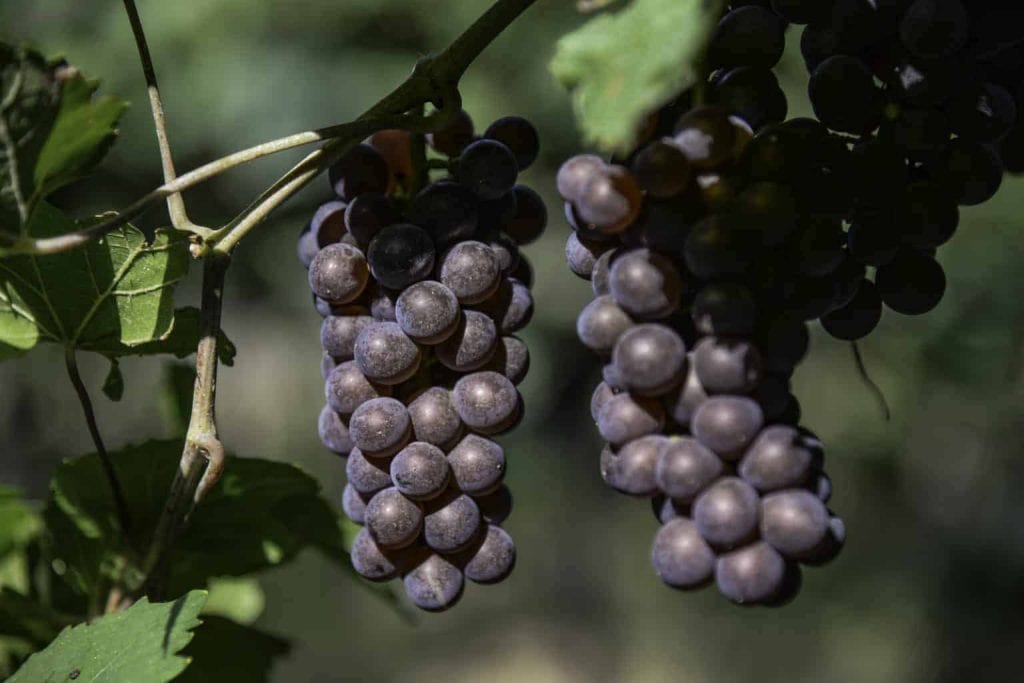
Are you moving forward in anticipation of regulatory changes? Is there a good chance of approval soon?
We are optimistic and proudly advocate for this innovation, which also concerns other denominations. There is a bill in the Agriculture Committee to remove the restriction on resistant varieties.
When you talk about resistant varieties, what do you mean specifically? Piwi, Tea?
Primarily those already on the market and recognised in the national registry of grape varieties. Naturally, the term encompasses the full spectrum, from Tea varieties to innovations from cisgenetics.
Beyond being able to label them for consumers, what are the advantages of using these varieties?
Making sustainability tangible. Resistant grape varieties help reduce costs while ensuring better vineyard management. We see no valid arguments, aside from ideological ones, to oppose the project. We’ve already experienced the benefits of resistant varieties with IGT wines. After all, the vineyard is the same. Why deny the opportunity to DOC wines? We need to break this barrier. For this reason, we also invite other consortia and DOC entities to believe in and push for this innovation.
Incidentally, your consortium has never shied away from innovations. You’ve already legitimised the use of screw caps. Have you also considered new packaging options, such as cans?
The topic has been under discussion for some time, but it’s not currently part of our plans. There’s already plenty on our plate as it is.


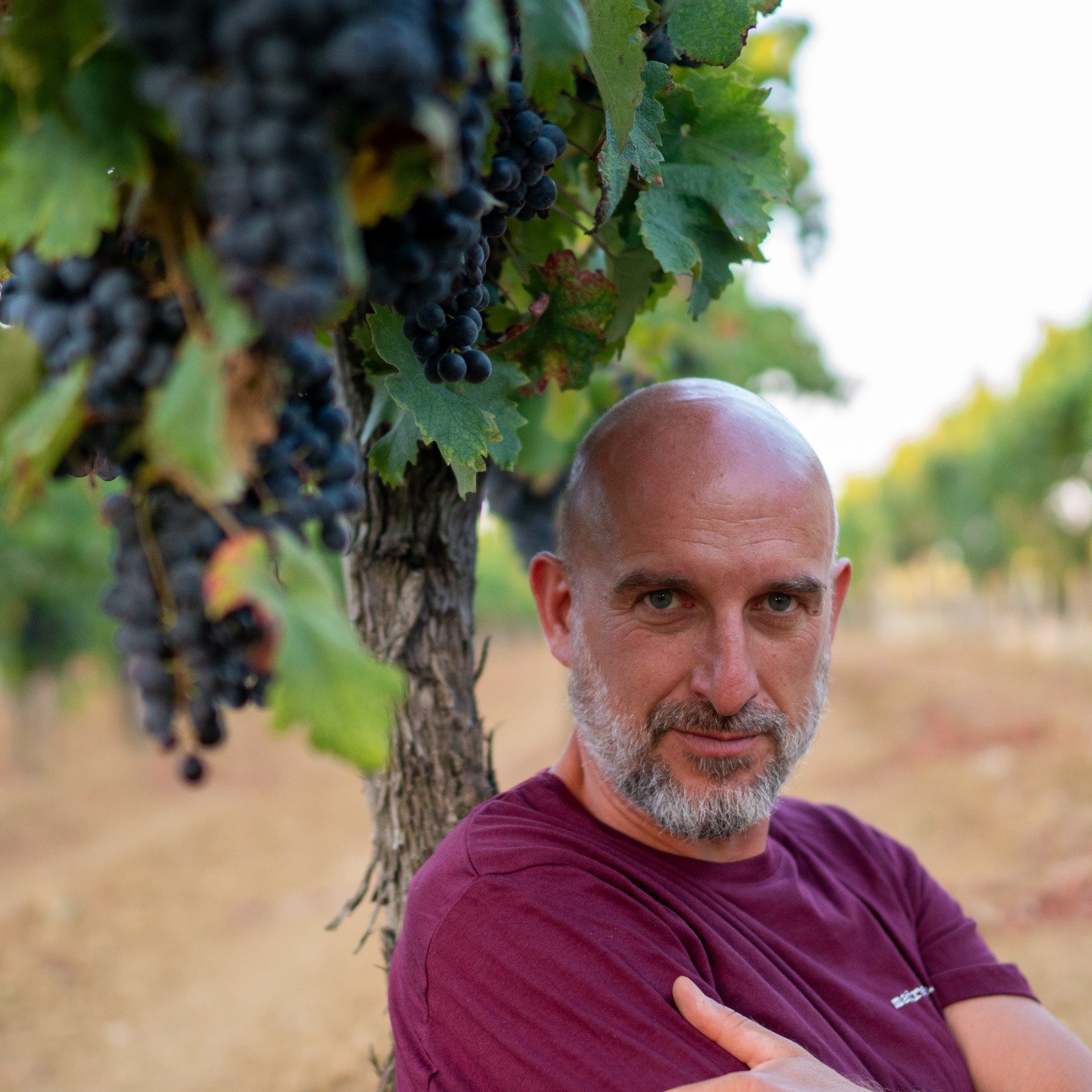 Goodbye to Gamay del Trasimeno, hello to Grenache
Goodbye to Gamay del Trasimeno, hello to Grenache Social media wine star Tom Gilbey releases book
Social media wine star Tom Gilbey releases book London wine thief avoids jail
London wine thief avoids jail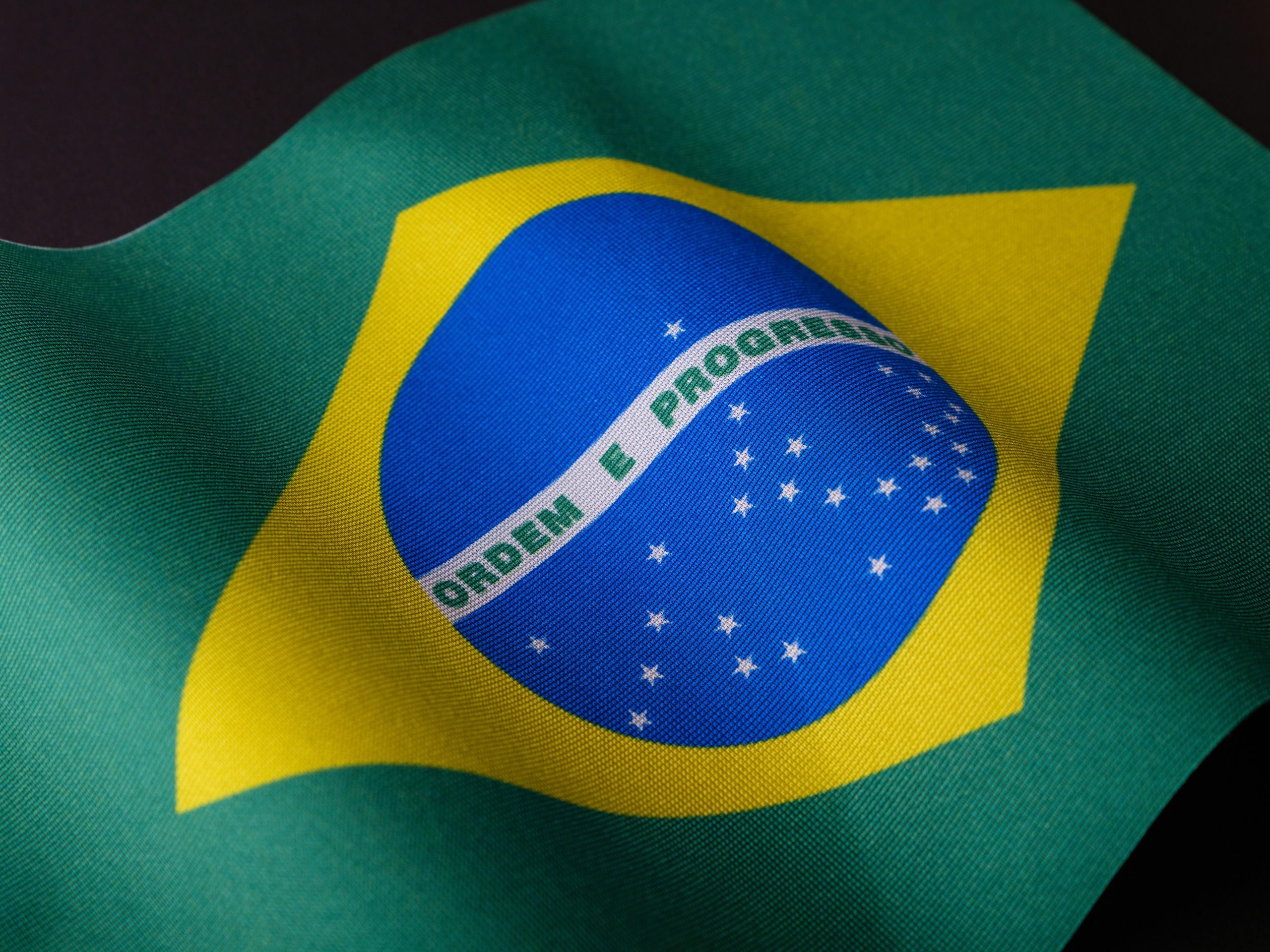 Education and economics: understanding Brazil's wine market
Education and economics: understanding Brazil's wine market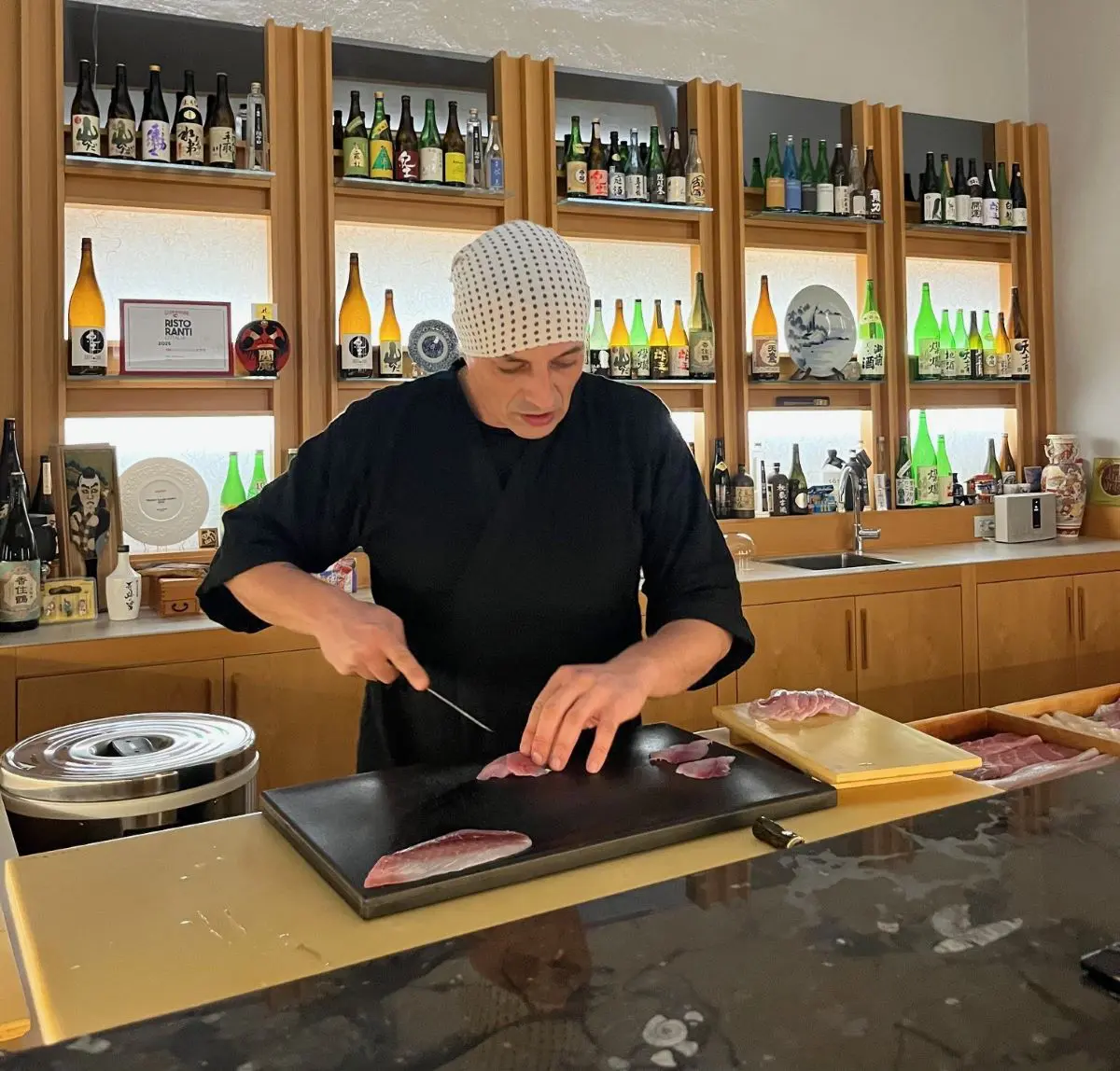 Here are the secrets of one of the best Japanese restaurants in Italy
Here are the secrets of one of the best Japanese restaurants in Italy